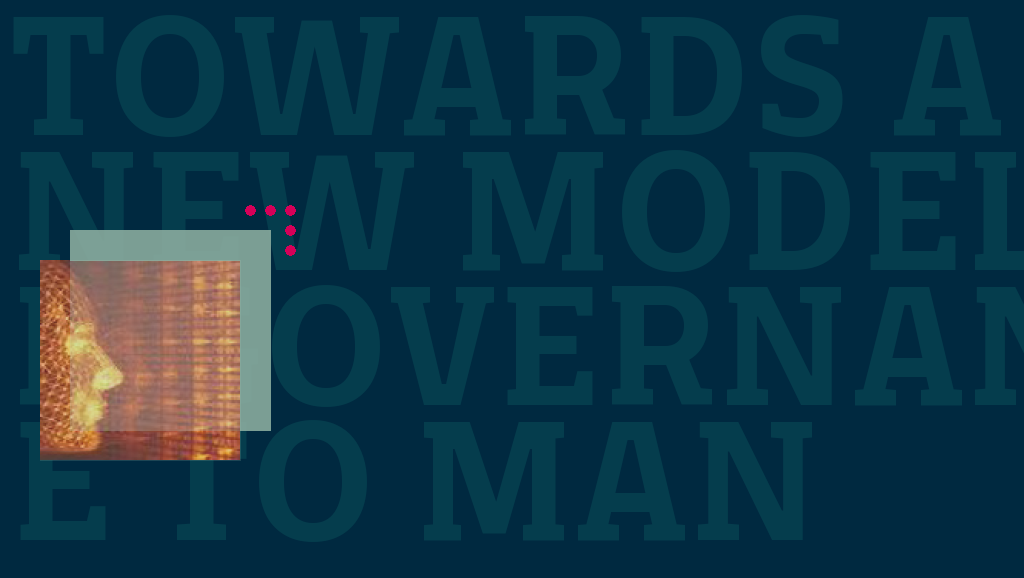Global ICT Programmes require the intersection of information infrastructures well beyond the conventional boundaries of institutions and organisations, which are typically demarcated by the legal (or contractual) boundary of their purposes and activities.
Given the expanding and changing nature of the ICT services market, for instance in major Information Technology (IT) outsourcing arrangements, the ability to manage external suppliers of IT is a critical, but complex set of issues to manage (Feeny and Willcocks, 1998; Lacity and Willcocks, 2001; Kern, Lacity and Willcocks, 2001). Therefore, a striking feature of the present development and future direction of ICT in government, business and society is to balance on one hand, the intertwining of people, business processes and informational resources while, on the other, to reduce risk that such a concentration may create.
It is believed that by enhancing the integration of information resources it will be possible to increase the capacity to control risk via the creation of indices and units of account where risk can be calculated, represented and mitigated for the purposes of international trade, banking and finance and other economic activities taking place in global markets (Basel Committee, 2002). And while managers are well used to handling financial risks, operational risk, product innovation and regulatory risk via a set of tools, concepts and heuristics which aid them in managing such risk by measuring it, the former aspect is still extremely difficult to quantify.
To be sure, the processes of innovation enacted by such programmes are imbrications where the powerful digital tools that enable a more sophisticated representation of risk are at the same time the cause of a potential irruption of the ‘incalculable’ (Ciborra, 2006:1341). And this makes it even harder for technology experts to deal with their intermediate complexity and to exclude unmeasurable/unaccountable organisational, institutional and contextual aspects (‘business processes’ rather than ‘business process reengineering’) from their design responsibilities. Therefore, Global ICT Programmes are not neutral. Instead, they constitute the scene of new conflicts over the regulation, appropriation, access and management of sensitive information and knowledge resources as well as critical infrastructure.
For instance, Monteiro and Hanseth (1995) looking specifically at the complex dynamics governing the development of an information infrastructure articulate the relevance of values and meanings that surround the expectations about the introduction of a new technology and its stakeholders in organisations. Walsham and Sahay (1999) instead, analysing the development of a Geographic Information System (GIS) in India, show that none of the cases studied created stable sets of key actors with aligned interests related to the system to be implemented. As a result, the tensions between the developers who initiated the technology and the local stakeholders was a crucial factor to understand the reason why the project failed to scale up.
Another interesting study of new technology in organisations – looking at digital networks – can be found in Braa et al. (2004). The authors analyse the processes of local translations and alignment in the context of technology transfer in the developing world and with surrounding political institutions and actors. They bridged the global and local dimensions of technology transfer in their study of the development of the standards required for the information infrastructure of health information systems in South Africa, India, Cuba and Mozambique. Their findings stress the highly political nature of the development of such infrastructures, which are also influenced by the institutional, economic and cultural setting of these countries, suggesting that institutionalisation, understood as local appropriation, can be major determinant of the transaction costs incurred during the development of the information infrastructure they studied.
Finally, comparing findings for a medium-sized organization with those from two large-scale outsourcing contracts, Willcocks & Feeny (2006) note the different challenges arising in organisations of different size and at different stages in their sourcing strategies. The authors suggest that prospects have been disappointing for meaningful knowledge management and value creation in the cases the studied (Lacity and Willcocks, 2001) with clients reporting their frustration with endless cost-service debates, and significant loss of control over their IT destiny and knowledge base. Willcoks & Feeny (2006) stressed also that most vendors find it difficult to deliver on their promises of innovation and value added, not least hampered by their lack of knowledge about the client’s long-term business strategy (Feeny, Willcocks and Lacity, 2003).
As a consequence, such programmes can be seen as introducing new distinct processes of technologically enhanced activities affecting established regimes for the accounting, measurement and recording of transactions, but beyond influencing equally traditional organisational principles, norms, rules and procedures for which a new conceptualization and governance model are needed. Therefore, what governance, organisational and managerial arrangements can be identified by the marriage between complex business processes and technology? And what are their underlying organisational and environmental characteristics?
The next part will outline a topology of current and emergent organisational types that can be used for further empirical investigation in different settings to understand the the move towards a new model of governance.
















